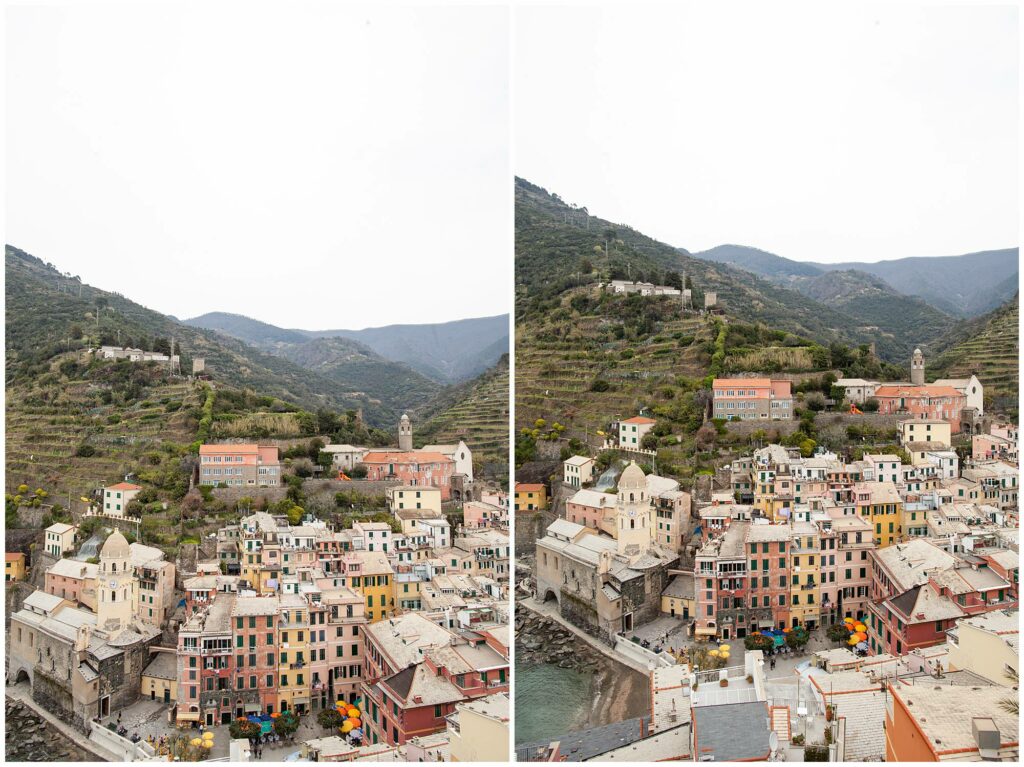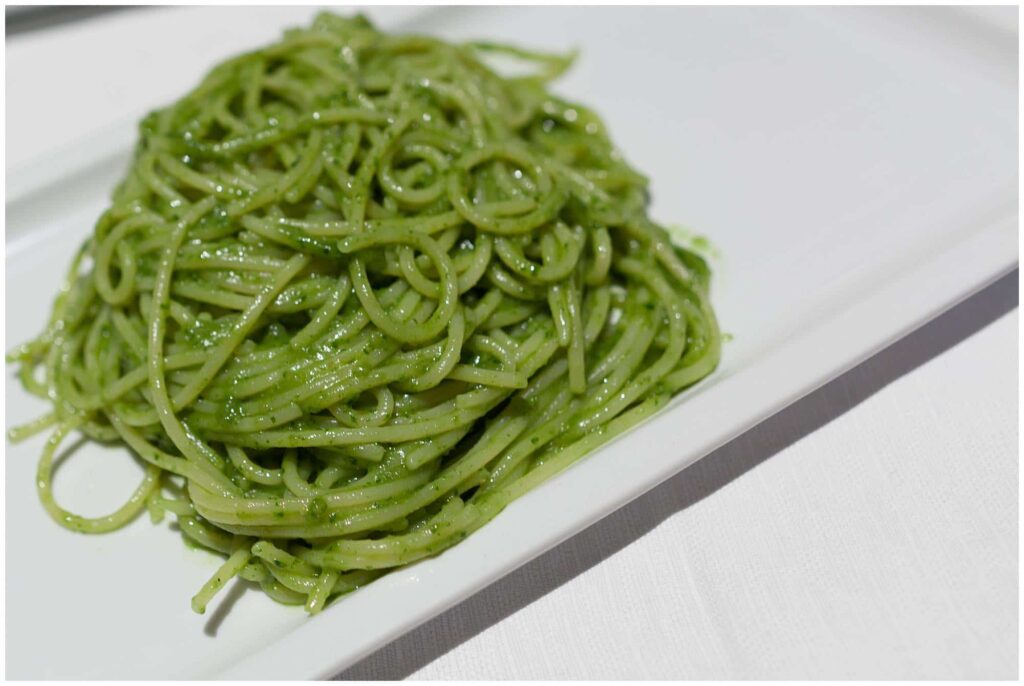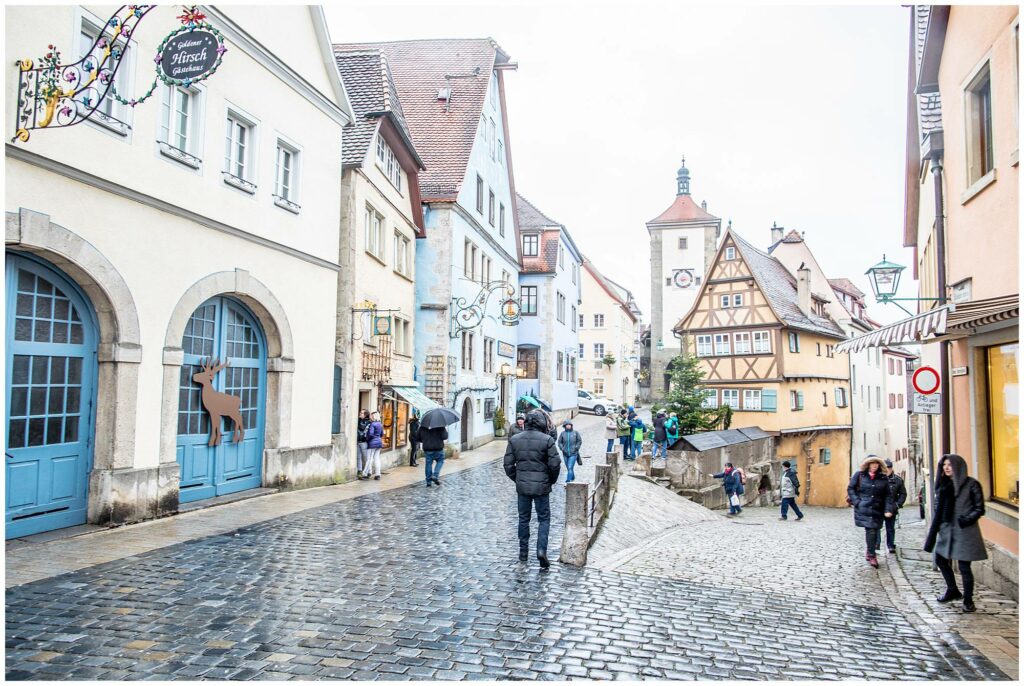I’ll be the first to admit it. I underestimated the 24mm lens uses in travel photography. Before purchasing it, I had a wide angle lens that I loved, and I couldn’t imagine that the 24mm prime lens could be more versatile than it. Guess what? I was wrong. So wrong. Now, instead of reaching for a wide angle zoom lens, I reach for my collection of prime lenses. Instead of having the 50mm lens on my camera at all times, you are more likely to find the 24mm lens.
Disclosure: This post contains affiliate links for tours and products I love at no additional cost to you. You can read my full disclosure policy here.
Photography Gear
I shoot with Canon 5D Mark IV. The 5DM4 has a full frame sensor, much like my Canon 5D Mark II did. Prior to upgrading to a full frame camera, I shot with a Canon 50D and a Canon Rebel xTi for several years. (Both were cropped sensor cameras.) You do not need the most expensive camera to be successful with photography. Canon Price Watch is a great, free service to help you find the best deals on photography gear. I’ve been very satisfied with their alerts.
24mm Travel Photography Basics
The Canon 24mm f/1.4L is pricy. Unlike the 50mm, it only comes in 2 versions: the 1.4L and the 24mm pancake lens with f/2.8. I recommend getting comfortable shooting with prime lenses before making the investment in this lens. (The Canon refurb site will save you a lot of money, particularly if you hit the additional 15% off sales. Inventory sells out FAST. They do restock though so keep checking.) If you are debating between the 24mm or the other zoom wide angle lenses, I would rent both before purchasing. You may find that you prefer one lens to the other. (I loved my wide angle zoom lens until I bought the 24mm.)
Note: If you aren’t used to shooting wide, it comes with its own learning curve for clarity and sharpness. This should not be the only lens that you travel with. You will want a couple of varying focal lengths. However, because its such a wide lens, you have a lot of opportunities in post-processing and photo editing to get the exact image that you want with the 24mm lens.
Pros of 24mm Lens for Travel Photography
Without a doubt, the 24mm is a great lens for indoor photography. It might even be the best lens for indoor photography. It does a beautiful job on most hotel rooms, bathrooms, and when photographing food in restaurants. The wide f/stop makes it a great option in low light situations. That being said, it’s also a great lens for outdoor photography. It does well with landscapes and has minimal distortion that you see with other lenses. I also really love it for shooting street photography.
Cons of 24mm Lens for Travel Photography
While it is not generally a purpose of wide angle lens, the 24mm lens does not do macro photography well. It’s also not my favorite for portrait photography. (I prefer the 35mm but more on that later!) Last but not least, it’s not my favorite lens for night photography. While it does well for blue hour, I have not conquered night photography with it. There are other lenses I prefer for those shots.
24mm Photography Examples and Discussion
Landscape Photography

I love this photo because it highlights how well the 24mm lens does with landscapes. I am particularly impressed with the sharpness against the harsh mid-afternoon sun. You can even see the variations in the water. Despite how close it appears, this photo was taken from the hiking trails of Manarola. While the original photo included quite a bit more sky and foreground debris, I was able to crop it in tightly to show the beautiful village. Yes, a zoom lens could have the same effect, but I have found that I lose quite a bit of clarity when I’m using a lens with a variable focal length.

These two images further highlight the clarity of the 24mm lens. The wine terraces are clearly defined, but you can also see the morning mist over Vernazza. Neither one of these photos were cropped in post-processing. They are essentially SOOC (straight out of the camera). I love how the bright colors of Gianni Franzi pop against Vernazza harbor. These photos also highlight why it’s great to get outside on cloudy days. (These photos were taken in shoulder season in Cinque Terre at the end of March.)

One more photo from Riomaggiore (because I think you should stay in Cinque Terre for a night or two). This photo shows how important it is to have a wide angle lens when you travel. If I had shot this scene with the 50mm, we would have lost the boat dock or the top of the buildings. The 50mm could have accommodated a vertical shot, but I think a horizontal shot would have been tricky for this vantage point. Again, check out the clarity of the striations on the rocks. Despite this being taken during the mid day, the colors are beautiful with rich details.
Food Photography


I like to explore different types of angles in photography, especially when it comes to food photography. This is particularly true because I want to get in and get out of food photography quickly. In this case, the 24mm wide angle lens is one of the best lenses for the job. I don’t have to move plates around too much because of the wide angle. The range of f/stops means that I can get enough light, even in the darkest of restaurants (have I ever mentioned that I don’t use a flash?). If I have think to change lenses before going to dinner, you can bet that I will probably pop the 24mm on my camera for the most versatility.
Wondering about the food? Bella Italia (London) and il Porticciolo (Manarola)
Street Photography

This photo is the first photo I took with the 24mm. It was golden hour in Florence and I fell in love with how beautifully this lens captured the moment. The wide angle of the lens allowed me to blend into the background and capture the Ponte Vecchio, the cobblestones, and that gorgeous sun flare. (Believe it or not, it’s completely natural. I also have a vertical image of this same subject, and it’s another one of my favorite images.) Shooting this image removed any qualms I had about purchasing this image. It’s extraordinarily rare to find a lens that does this well shooting directly into the late afternoon sun. (It does well with sunrise, too.)

Rothenburg ob der Tauber is absolutely charming, but without a wide lens, it would be very difficult to shoot street scenes. In this case, I was able to capture the fork in the road at Plonlein, rather than focusing on one side or the other. I love how this photo feels like you are walking into the street scene, rather than just capturing it. In retrospect, I probably would have bumped up the f/stop to preserve some of the clarity. I might have also played with my focal point a little more. If I recall correctly, I was having a bit of trouble juggling my camera and my umbrella.

Real talk: This is not my favorite lens for night photography. I’ve taken it out a lot because it does so well during the day, but I don’t think it performs as well as other lenses do at night. That being said, I ended up switching to it when we were at the Nuremburg Christmas markets because it was so crowded. It was the only lens I brought that would allow me to capture the entire scene, rather than a portion of it. In this case, it shows how 24mm street photography can be challenging when there is a lot going on. The 50mm was too tight for this scene but the 24mm was too much. Even in post-processing, I found it difficult to crop this image as tight as I wanted and preserve the shot. In retrospect, I should have taken the 35mm lens out that evening.
Indoor Photography

This is a great indoor photography lens, especially for small, enclosed spaces. You can definitely tell why I needed the 24mm in this room at the St. Regis Florence. If I could have done anything differently, I would have closed the windows or shot this room in the late evening so you it would truly capture the romantic feel of the room. The abundance of light in the room lost quite a bit of the clarity on the chandelier. (I could have also set up a tripod but that definitely felt like too much work at the time.) For what it’s worth, I use this lens a lot of at home, especially when I’m photographing recipes or parties because it does so well with unnatural light.

Oh St. Vitus. You’re so beautiful and I didn’t think a lens would ever do your stained glass justice. Yet, here we are. The 24mm prime lens shines for indoor landscape photography. Between this photo and the photo below from L’Orangerie. you can see why. The wide angle of this lens made it possible to capture the entirety of both of these works of art. St. Vitus is one of the darkest cathedrals I’ve ever been in, but the 24mm did fantastic in the low-light environment and the colors truly popped on all the stained glass images. That being said, the bright white walls of L’Orangerie didn’t keep this lens from performing with the water lilies either.
Blue Hour Photography

As I said above, I don’t love this lens for night photography, but it does well with blue hour. Using a tripod, I was able to capture this “long” exposure shot with remarkable clarity. I think I could have increased the f/stop to get rid of the overwhelming light in this shot, but at the same time, I love all the other details in this shot. If you look closely, you can even see some of the stars that we could see that night. Vernazza’s harbor is absolutely stunning.
Architecture Photography


If you are wondering when to use a 24mm prime lens, this is the grandaddy of Reasons. There are a lot of incredible buildings in Europe that are nearly impossible to capture because of their size. (The Duomo in Florence and St. Stephan’s in Vienna come to mind, too.) Most piazzas are not large enough to allow a standard lens and camera to photograph the entirety of the building. This is where the 24mm lens comes in handy.
Even with the wide angle of this lens, I still found it necessary to get creative with my placement. I used a tripod for the Notre Dame shot because the light was quickly changing. (I also experimented with video. Curious to see how that turned out.) In Siena, I headed out early on Sunday morning when I knew crowds would be at a minimum. Given the confined quarters, I still couldn’t get the entire cathedral in the shot. I ended up taking this from the ground and shooting up. If you’ve ever tried to photograph the Siena Duomo, you know this isn’t a bad shot.
Beginner Photography Tips
I’m going to attempt to keep from being redundant on each of these posts, but you need to learn how to shoot in manual mode. Without understanding how ISO, exposure (f/stop), and shutter speed work together, you’re going to struggle to create images that you are proud of. The smaller the f/stop, the more light you are letting into your camera. Shorter shutter speeds allow less light into your camera. ISO is the equivalent of film speed. Remember when you used to buy 100, 200, 400, or 800 film? It’s like that.
That being said, here are a few photography tips to help spark your own creativity.
- Change your perspective. Don’t be afraid to get down on the ground to shoot the image you want. Similarly, consider what a bird’s eye view could capture. Consider tilting your camera. Not everything needs to be shot from straight-on perspective. Those images have been done. What can you do differently?
- Change your focal point. If you shoot in auto, you have limited control over this. What if it’s the cherry blossoms that make Paris memorable for you, rather than the Eiffel Tower? Focus on the blossom and leave the tower in the background. Then reverse your focal point to focus on the Tower and leave the flowers in the foreground.
- Change your lens. Isn’t that the whole point of this series? There isn’t a one-size-fits-all lens for travel photography. Sometimes changing lenses can help you change your perspective. I never knew there were so many details on Big Ben until I invested in a zoom lens (another story for another day). If you’re bored with your photography or it’s not capturing the scene you want to remember, try a different lens.





Love this post! The 24mm lens is one of my favorites for travel photography. It’s so versatile and allows me to capture a wide angle of view, which is perfect for capturing the vast landscapes and scenery that I encounter on my travels. I also appreciate the tips on how to use the lens for street photography, as that’s one of my favorite genres to shoot. Thanks for sharing your insights!
Great post! I completely agree, the 24mm lens is a versatile and ideal lens for travel photography. The images of the bustling streets and vibrant markets in the post are truly captivating and inspire me to explore more of this beautiful world. Can’t wait to try out these tips and techniques on my next adventure!